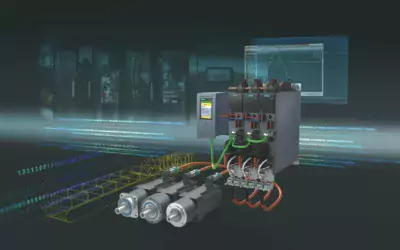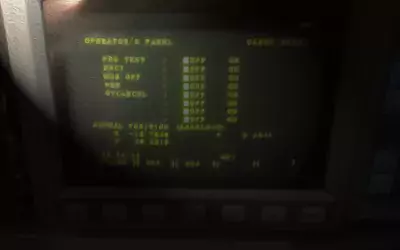In the ever-evolving landscape of manufacturing, the integration of advanced technologies has revolutionized production processes, enhancing efficiency, accuracy, and overall output. One such technological marvel that has garnered widespread acclaim is the incorporation of robot arms in Computer Numerical Control (CNC) machine production environments. With their multifaceted capabilities and seamless integration, robot arms have become indispensable assets, catalyzing a paradigm shift in the realm of modern manufacturing.
Enhanced Efficiency and Productivity
A primary advantage of deploying robot arms in CNC machine production lies in the significant boost to overall efficiency and productivity. These automated arms are adept at swiftly and precisely executing repetitive tasks, eliminating the need for human intervention in monotonous and time-consuming operations. By seamlessly interfacing with the CNC machines, robot arms streamline the manufacturing workflow, augmenting the production capacity and accelerating the pace of operations, thus optimizing resource allocation and expediting project timelines.
Unrivaled Precision and Consistency
In the pursuit of unparalleled precision and consistency, robot arms emerge as pivotal components within the CNC machine production ecosystem. Their inherently precise and controlled movements ensure the attainment of intricate and complex designs with meticulous accuracy, surpassing the capabilities of manual operation. By adhering to predefined parameters and programming instructions, robot arms uphold uniformity and precision throughout the manufacturing process, mitigating the risks of human error and ensuring the delivery of flawless end products, a pivotal attribute particularly in industries requiring impeccable precision, such as aerospace, automotive, and medical device manufacturing.
Improved Workplace Safety and Ergonomics
The integration of robot arms in CNC machine production environments significantly contributes to bolstering workplace safety and ergonomics. By assuming responsibility for strenuous and hazardous tasks, these robotic entities mitigate the risks of occupational hazards and workplace injuries, safeguarding the well-being of human operators. With their capacity to handle heavy loads and perform intricate maneuvers with dexterity, robot arms alleviate the physical strain on workers, thereby fostering a safer and more conducive working environment conducive to enhanced productivity and employee well-being.
Flexibility and Adaptability
The inherent flexibility and adaptability of robot arms further underscore their indispensability in CNC machine production environments. Equipped with advanced programming capabilities and customizable functionalities, these automated arms can seamlessly accommodate diverse manufacturing requirements and adapt to evolving production demands. Whether it entails swift reconfiguration to accommodate varying production runs or the seamless integration of diverse manufacturing tasks, robot arms serve as agile and versatile companions, readily conforming to dynamic production landscapes and ensuring optimal operational agility.
Seamless Integration with Smart Manufacturing
As the manufacturing landscape embraces the era of smart technologies and Industry 4.0, the integration of robot arms aligns seamlessly with the principles of smart manufacturing. By fostering interconnectedness and interoperability within the production ecosystem, robot arms facilitate the seamless exchange of data and information, empowering real-time monitoring, analysis, and decision-making. Their integration with advanced sensors and data analytics capabilities further amplifies their utility, enabling predictive maintenance, process optimization, and the realization of a highly efficient and adaptive manufacturing infrastructure.
To conclude, the incorporation of robot arms in CNC machine production environments not only embodies a testament to technological innovation but also represents a pivotal leap forward in redefining manufacturing excellence. From augmenting operational efficiency and precision to fostering workplace safety and enabling adaptive manufacturing, the multifaceted benefits of robot arms underline their indispensability in driving the next phase of industrial revolution and heralding a new era of unparalleled manufacturing prowess and productivity.
The Cons
Of course, nothing good comes without a few cons. So, here are some of the downsides to consider when deciding whether or not robot arms are to be your next purchase in the machine shop:
a. High Initial Investment: Implementing robotic arms in the production process entails a significant initial investment, encompassing the acquisition of the arms themselves, as well as the costs associated with hiring skilled personnel and providing training, leading to a substantial financial burden.
b. Space Constraints: Some robotic arms require considerable space for maneuverability, necessitating careful consideration of available space before installation to ensure unobstructed movement.
c. Costly Maintenance: Routine maintenance is essential to prevent unexpected disruptions in production, but the cost of maintenance for robotic arms can be expensive, requiring regular check-ups and upkeep to ensure optimal performance.
d. Skill Requirements: Operating robotic arms necessitates specialized expertise, and finding highly skilled employees proficient in handling these advanced technologies can be challenging. Additionally, the compensation demands for such specialized personnel can be considerable.


